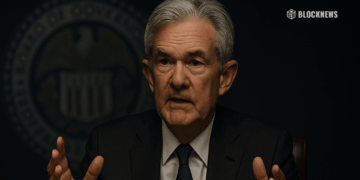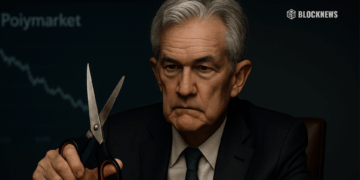• JPMorgan analysts have turned bullish on the crypto market, projecting a positive outlook for 2025
• A potential Trump win in the US presidential election could reinforce the “debasement trade” and drive more investors towards bitcoin as a hedge against economic instability
• Other factors contributing to JPMorgan’s bullish stance include recent moves by traditional financial firms to offer bitcoin products, resolution of major crypto bankruptcies, and the potential for stablecoin regulations in 2025
JPMorgan analysts have turned bullish on the crypto market, projecting a positive outlook for 2025. This optimism is underscored by several key factors that could drive further growth in the coming years.
Potential Return of Donald Trump
A potential Trump win in the 2024 election, apart from being supportive of Bitcoin from a regulatory standpoint, would likely reinforce the debasement trade through tariffs related to geopolitical tensions and an expansionary fiscal policy debt debasement, according to the analysts.
Other Supporting Factors
The analysts outlined additional reasons for their bullish stance:
- Recent announcements by traditional wealth advisors like Morgan Stanley allowing spot bitcoin recommendations
- Resolution of major crypto bankruptcies
- Growth of the stablecoin market cap, despite pending US regulations
- Bitcoin’s current price remaining above estimated production costs
Market Cap Projections
The analysts anticipate the stablecoin market cap rebounding to its pre-Terra peak of around $180 billion. They expect further adoption once US stablecoin regulations are introduced in 2025, with US-compliant stablecoins benefiting the most.
Bitcoin’s current volatility-adjusted comparison to gold stands at $63,000, slightly above today’s price. This suggests room for growth by 2025.
Conclusion
In summary, JPMorgan analysts are bullish on crypto‘s outlook over the next year based on political, regulatory, and market factors. They foresee continued adoption and growth of digital assets. However, the impact of US stablecoin regulation remains a key variable.














